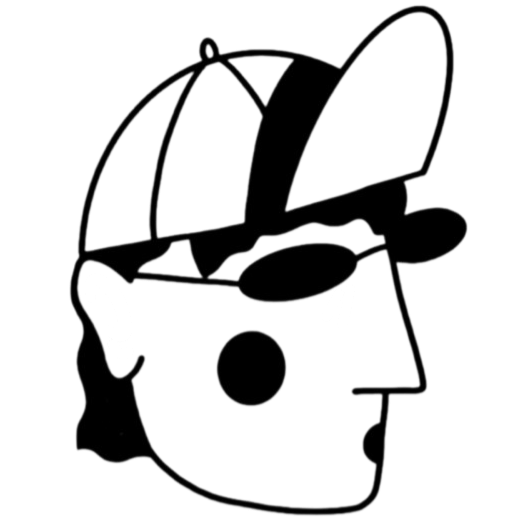MONUMENTAL 2026 presents three routes!
The Flandrien Tour is 300 km with 3,500 meters of elevation gain, including all climbs of the ultimate Flemish classic: de Ronde Van Vlaanderen. It is shown as the left loop on the map.
The Ardennais Tour is 500 km with 6.500 meters of elevation gain, including all hills and climbs from the monument Liège-Bastogne-Liège. It is shown as the right loop on the map.
The Grand Tour combines the Flandrien Tour and Ardennais Tour and accumulates to 800 km with an impressive 10.000 meters of elevation gain, represented by the full route on the map.

The spirit remains the same as in 2025, but the route itself has been redesigned.
This year, we’ve built an accessible journey across Flanders, linking iconic climbs from the Tour of Flanders with as many quiet backroads and off-road stretches as possible.
Leaving the MONUMENTAL campsite, you’ll quickly find yourself in the lush Sonian Forest—one of Europe’s largest historic urban forests. From there, the route flows into Pajottenland, a gently rolling countryside west of Brussels, known for windmills, landscapes, and its unique lambic beers. The region is often called “the Tuscany of the North.”
Around the 150 km mark, the character shifts as you enter the Flemish Ardennes, tackling climbs like the Koppenberg, Paterberg, and Kluisberg, along with cobbled sectors that define the Ronde. The loop closes by guiding you back to camp via more historic landmarks.
Practical info:


L’Ardennais was designed for riders seeking a tougher challenge—or simply a chance to discover the Ardennes and the legendary climbs of Liège-Bastogne-Liège.
The route starts alongside the Flandrien and Grand Tour, before turning east as they head west. The opening kilometers towards the Meuse River are gentle, but once across, the real work begins: steep climbs and deep forests, the hallmark of the Ardennes.
Expect to tackle icons like the Côte de la Redoute (where Pogacar attacked in 2024) and the Col de Stockeu, with gradients up to 20% and a statue of Eddy Merckx, five-time winner of Liège-Bastogne-Liège.
You’ll pass through Houffalize, home to the UCI Gravel World Series, and ride past forests that once saw the Battle of the Bulge in 1944. The return north leads you by Dinant and Namur, both crowned with dramatic riverside citadels.
Practical info:
The Grand Tour is the full MONUMENTAL experience—the most demanding of our routes, but also the most rewarding.
Whether you’re an experienced ultra-rider or taking on your first multi-day challenge, the principle is the same: ride, endure, and discover how far you can go.
To finish within the cut-off, you’ll need to average 160 km and 2,000 m D+ per day for five consecutive days—a serious test of resilience on varied and sometimes unforgiving terrain. It won’t be easy, but it will be unforgettable.
Practical info

